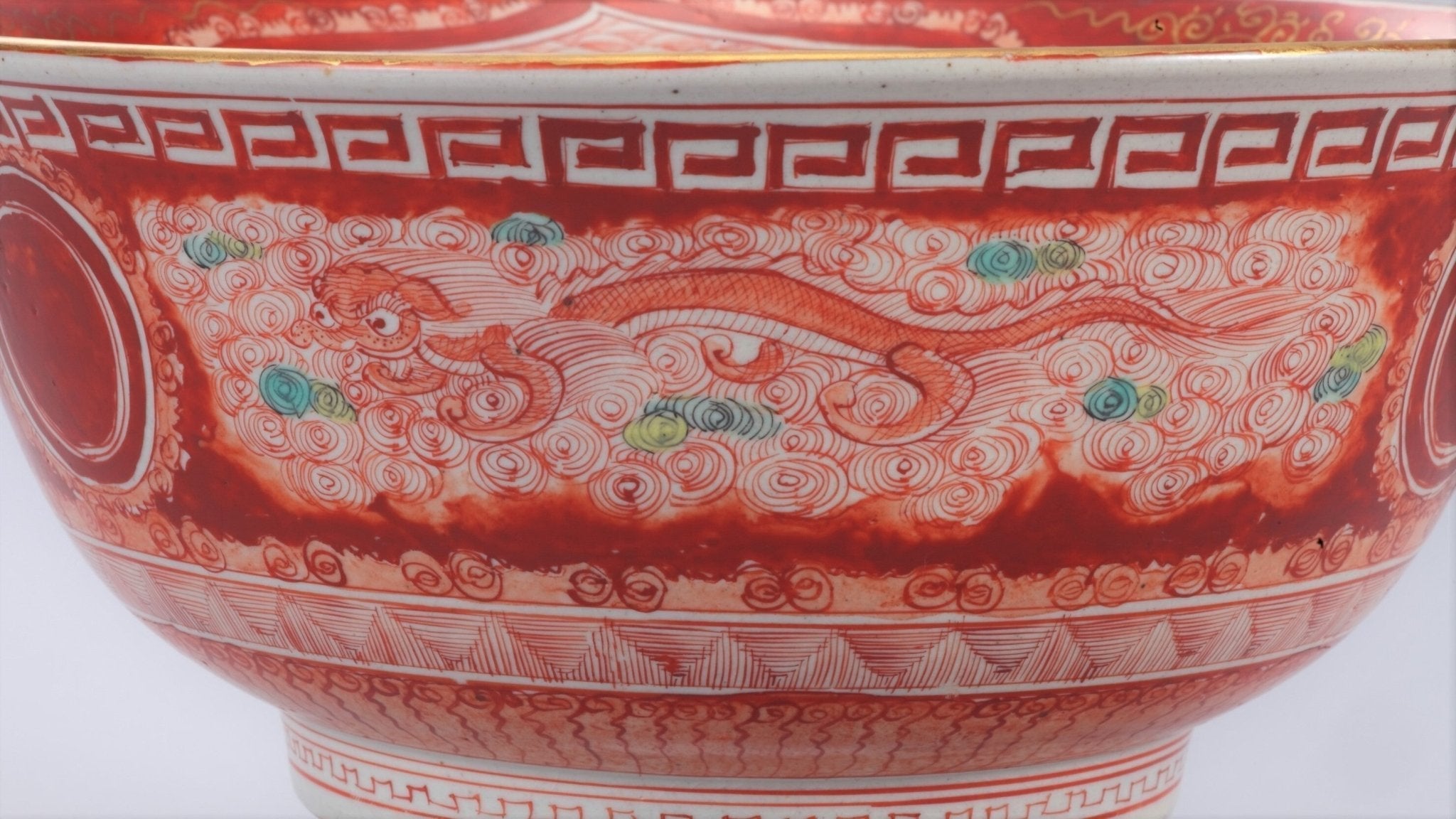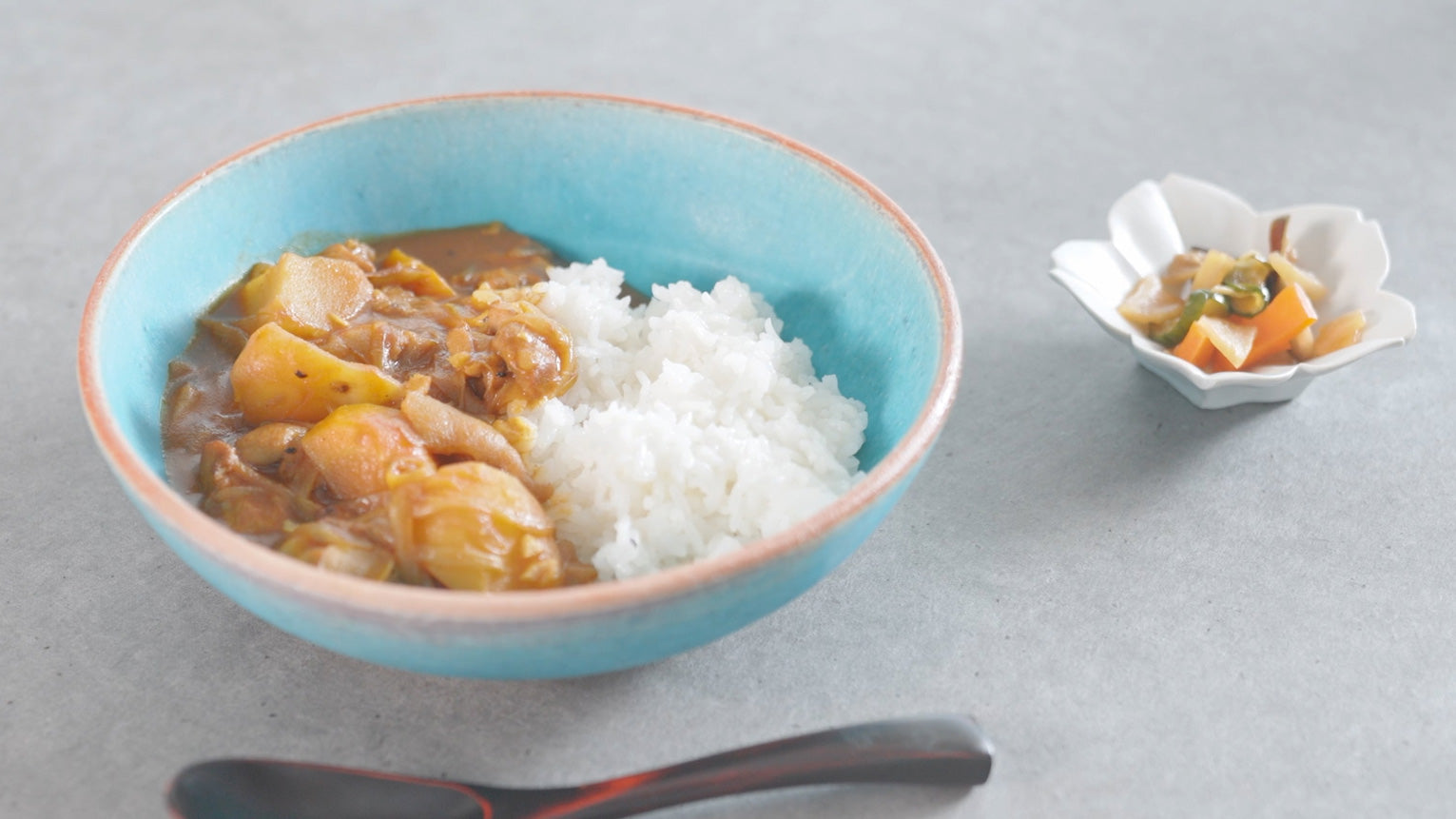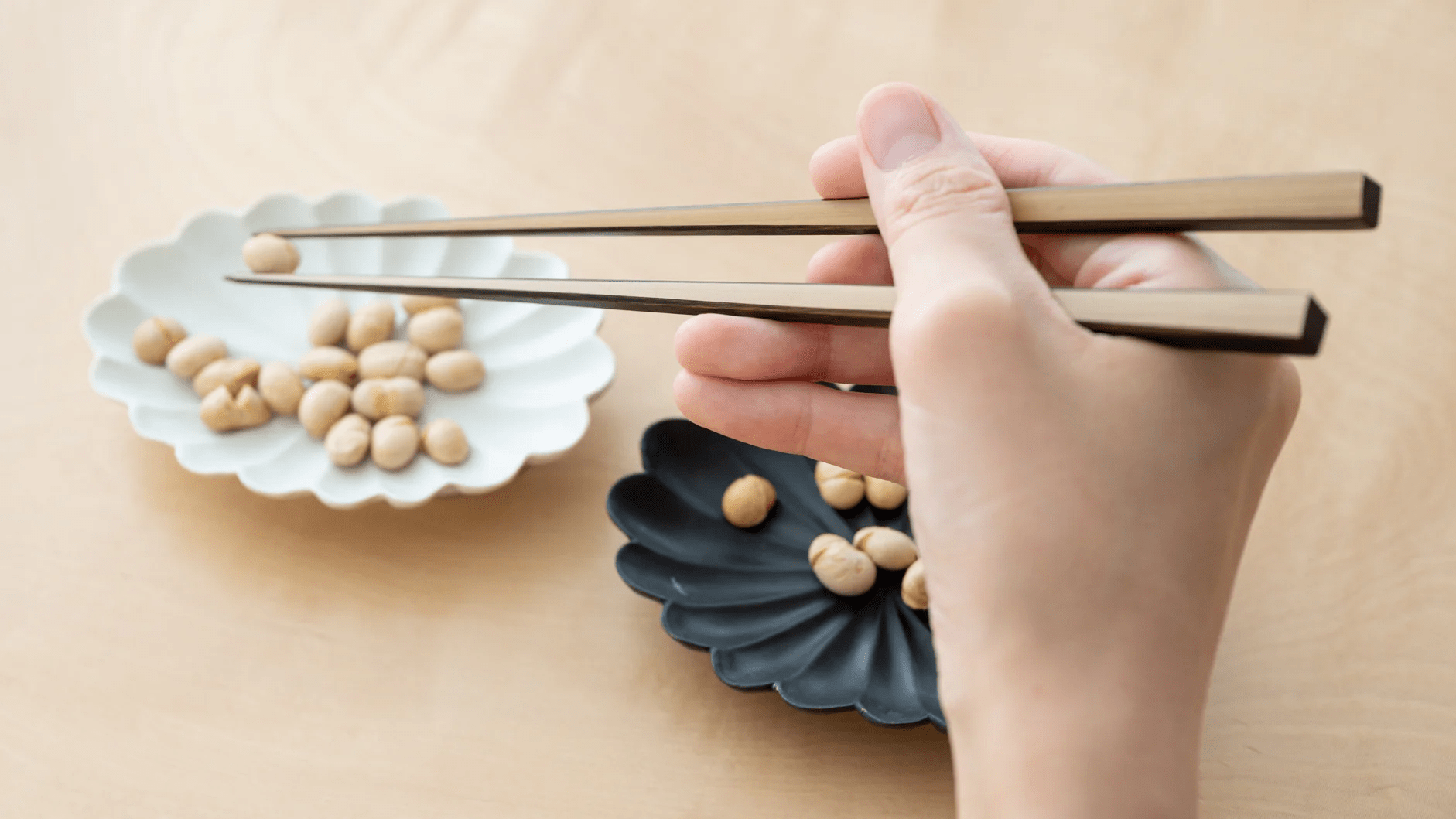
What is Akae-Saibyo "Iidaya" style?
Written by Team MUSUBI
Akae-saibyo–red dots and lines with intricate detalization–has an eye-catching, detailed beauty. The artful charm of fine Akae style, with its superb, inimitable technique, is known as the Iidaya style. The microscopic world of thousands of red dot and line patterns create a sense of perspective, and is truly the culmination of craftsmanship.
Akae-Saibyo


In particular, Iidaya style is mostly painted with red pigments and a small amount of green pigments are added for coloring. In addition, very precise patterns are painted in the margins as well as in the drawings.
Akae-saibyo is made by mixing a red pigment called bengara (red earth pigment), which contains iron, and a collagen-like substance called Akifu with water. Bengara has rough particles, making the brush stroke resistant. This results in the inability to draw fine lines. Therefore, the artist carefully and painstakingly spends time rubbing it to make the bengara particles finer and finer to produce the pigment. Also, among the five colors of Kutani (green, yellow, purple, navy blue, and red), only red is said to be able to produce exceptionally fine lines. Red does not have the thickness of the other four colors, nor does it turn glassy. Therefore, it is possible to draw thin and beautiful lines.
Miyamoto Kiln (1832-59)

Iidaya Hachirouemon
Iidaya Hachirouemon was originally a dyer, but he showed excellent skills in detailed depictions. Since this was the period when literati painting was at its peak, the subject matter centered around Chinese artifacts, and many of them were in line with cultural tastes, which were expressed with even greater effect through the use of Akae style. The kiln was soon closed due to the deaths of Miyamotoya Uemon in 1845 and Hachiroemon in 1852 at the age of 48. The kiln lost its leading figures, but the Akae-Saibyo was later inherited by Eiraku Wazen of Kutani Hongama kiln.

Akae-style items add a sense of luxury to everyday dining. Please visit our website for Akae-style items.















Leave a comment
This site is protected by hCaptcha and the hCaptcha Privacy Policy and Terms of Service apply.